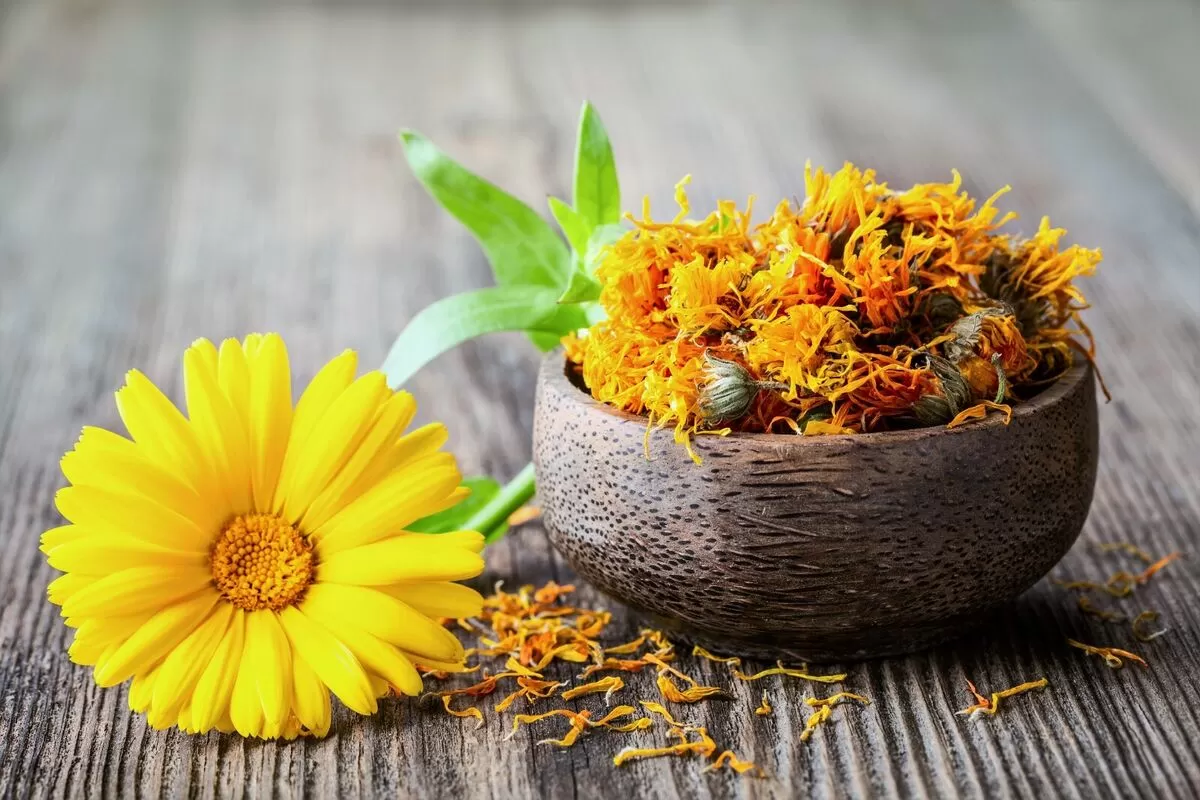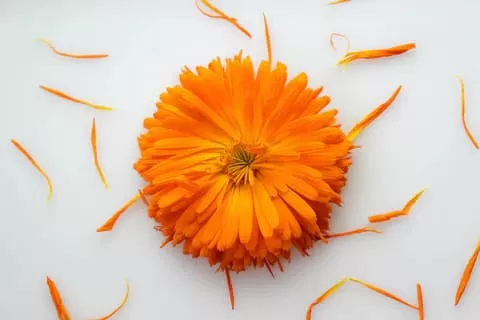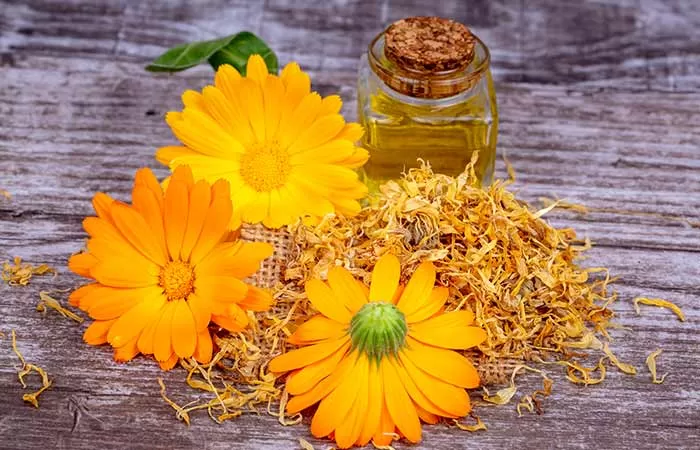- 0086-571-85302990
- sales@greenskybio.com
Why Are Marigolds Special?
2025-05-27
Marigolds, those vibrant bursts of color often seen brightening gardens and landscapes, hold a special place not only in horticulture but also in various cultural traditions around the world. Known scientifically as Tagetes, these flowers are lauded for their unparalleled versatility, stunning aesthetics, and myriad practical uses that extend beyond mere decoration. Discovering why marigolds are special involves delving into their rich history, unique properties, and the extensive roles they play both practically and symbolically.
Historical Significance and Cultural Importance
The history of marigolds is as captivating as their brilliant hues. Originating from Central America, marigolds were revered by Aztecs for various purposes, including medicinal and religious offerings. They believed marigolds had magical qualities that could heal ailments and protect against evil spirits. This deep-rooted respect for the flower carried on through the Spanish conquest, ultimately widening its cultivation to Europe and beyond.
Marigolds are deeply entrenched in cultural traditions across the globe. In India, they are a staple in religious ceremonies and festivals, especially during Diwali, where they symbolize the sun as well as the offering of light and vitality. Their auspicious presence conveys purity and sanctity, making them an essential element in garlands and decorations for temples and homes. Similarly, in Mexico, marigolds are integral to Dia de los Muertos (Day of the Dead) celebrations. Known as "cempasuchil" in Spanish, they are believed to guide spirits back to their families with their vibrant colors and strong fragrances.
Botanical Properties and Benefits
Marigolds belong to the Asteraceae family, sharing common traits with daisies and sunflowers. What makes marigolds remarkable botanically is their robustness and ability to thrive in various conditions. They are valued by gardeners not only for their beauty but also for their ability to repel pests, thanks to their distinctive scent. This natural pest control ability is attributed to thiophene compounds found in their roots, which deter nematodes and insects, thus promoting healthier garden ecosystems.
Beyond pest control, marigolds offer medicinal benefits. Their petals contain antioxidants and essential oils that contribute to health applications. Traditionally, Marigold Extracts have been used to promote wound healing, reduce inflammation, and treat skin conditions such as acne and eczema. The flower’s therapeutic potential is harnessed in skin creams and herbal remedies worldwide. It's fascinating how age-old uses of marigold continue to find relevance in modern herbal medicine practices.
Economic and Culinary Application
Marigolds have an economic significance that goes beyond ornamental horticulture. They are grown commercially for their vibrant pigments, which are extracted for use in food coloring and textile dyes. The golden-yellow hues of marigold are a natural alternative to synthetic dyes, adding an eco-friendly option for industries looking to reduce chemical footprints.
In culinary contexts, marigold petals are dried and used as a substitute for saffron, given their similar color and mild flavor. Known as the "poor man's saffron," marigold has an intriguing role in cooking, particularly in rice dishes and soups. The petals can also be infused into herbal teas, adding both flavor and a pop of color. This culinary versatility makes the marigold a valuable crop in select regions, supporting local agriculture and economies.
Symbolism and Aesthetic Appeal
The vivid beauty of marigolds transcends their practical uses, offering aesthetic charm and symbolic significance. The most common marigold varieties include the French marigold and the African marigold, each boasting unique patterns and shades ranging from rich golds and oranges to deep reds. These colors represent warmth, passion, and creativity, making them favorites for gardeners looking to invoke cheerful and lively landscapes.
Symbolically, marigolds embody resilience, warmth, and optimism. Their ability to blossom under diverse conditions represents strength and persistence. This symbolism finds its representation in art and literature, where marigolds are often used to convey themes of endurance and vitality. Furthermore, their longstanding presence in cultural rituals conveys messages of hope, remembrance, and the eternal cycle of life.
Concluding Thoughts
Marigolds’ specialness lies in their unmatched versatility and the ability to bridge practicality with profound cultural and symbolic significance. Historical reverence, botanical robustness, economic value, and striking beauty converge in the marigold, making it an extraordinary flower that appeals to many facets of human endeavor. Whether cherished for their pest-repelling properties, utilized for their medicinal benefits, valued for their culinary uses, or celebrated in cultural rituals, marigolds continue to inspire awe and appreciation worldwide.
As you plant or encounter these remarkable blooms, consider embracing their rich legacy and the myriad of benefits they bestow upon us. The marigold stands as a testament to nature’s creativity and wisdom, offering a vibrant reminder of the interconnectedness between humanity and the natural world.
-
What is the medicinal use of marigolds?
2025-05-27
-
Is Marigold Good for Eczema?
2025-05-27
-
Can we apply marigold on face?
2025-05-27
-
What are marigolds used for?
2025-05-27














